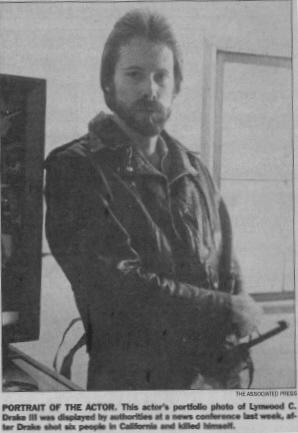
Note: The first version of this piece was written several years ago. That was well before a certain bully began his first campaign to become president. So, this whimsical piece was not and is still not about one particular American plutocrat.
*
OK, if I could show you, in just a couple of minutes, how to solve a good many of the most vexing problems society faces today -- without it costing the taxpayers a nickel -- wouldn't you be interested in hearing more about it?
Of course you would. Read on.
This solution calls for one public execution a year. Its purpose would be to fund cures for diseases, to fund free educations for everyone, to even prevent wars, all the while also erasing America's daunting debt problem. To accomplish all that just one person would be put to death by the federal government each year. Although I'm ordinarily opposed to capital punishment, this plan is different from anything that we've seen before.
Here's how this exception would work: First, we would make a list of all the American billionaires (This would have to include those living in and doing business in the USA). Each of their names would be put on a ballot.
Each American citizen, 18-or-older, would get to vote -- free of charge -- for the person they see as the absolute worst citizen-billionaire in the USA. The ballots and ballot boxes would be put in convenience stores all over the country.
The same ballots would be available online, as would virtual ballot boxes. Maybe we should make available to citizens 16-or-older. All year long, we the people, would all be eligible to vote once a month -- 12 votes per year.
The billionaire who gets the most votes for being the most despised billionaire of the lot would be arrested wherever he or she is hiding by the head on a pole SWAT team. Upon the last second of December 31st, America's billionaire loser of that year would be executed by guillotine, somewhat as pictured above.
Chop!
Naturally, America's cities would bid on the right to stage the execution, sort of like the Olympics. The mammoth Annual Payback Party that would surround the event would mean big budget commercials would run in the live telecasts of the whole shebang -- cha-ching! Most of that money would go directly into the Social Security trust fund. Thus, the monthly payments to retirees could be increased.
The rest of the money generated by the event could go into a special fund to buy a six-pack of beer for the holiday season -- via downloadable coupon -- for everyone who participated in the voting process in December. As the blade falls, at midnight, millions of those free beers could be opened simultaneously to celebrate our ability to solve problems using democracy. Afterward, the billionaire's head will be put on top of a tall brass pole -- the People's Payback Pole -- for all to see, where it would stay for one year.
Then, for the next new year the next billionaire's severed head would go up in a different city. Out of respect for the old head, it would be turned over to the billionaire's family, once its required year on the pole is done.
Meanwhile, the rest of the American billionaires would feel more than a little inspired to solve their own dilemma. Accordingly, they would have a couple of easy-to-understand choices to prevent their own head from being picked to be on display next.
- Turn enough money over to the federal government or legit non-profits, to simply escape the list of eligible billionaires. The money given to the government could go toward building a fast-train national railway system.
- If they choose to remain a billionaire, then they need to use their money to do lots of good works to curry favor with voters.
So, if you are a billionaire, let’s say you’ve got a cool $50 billion. Then you could choose to give away $49.1 billion to get off the hook. Or, you could take a chance on targeting a few billion to curing cancer. Or, you could throw money at feeding orphans, or on bringing peace to the Mideast. Maybe you’d pick all the musicians in a state and pay their rent for one whole year.
Smart billionaires would naturally buy lots of ads in magazines and newspapers, to tout what good deeds they’re doing, in order to increase their chances of keeping their own heads attached to their respective bodies. So, this deal could save our favorite inky wretches from extinction, too.
Accordingly, crime rates would plunge. The research for new green-friendly technologies would be fully funded. Better recreational drugs with no hangovers ought to be developed. Every kid who wants a new puppy would get one. And, last but not least, publishers would have plenty of money to pay freelance writers and artists decent fees for their work.
To sum up: Each old year would end with the execution of just one person selected fairly as the most deserving of a final chop. So, each new year would start out with a visible symbol atop that People's Payback Pole, showing everyone -- including billionaires -- why we should all strive to be good to one another.












